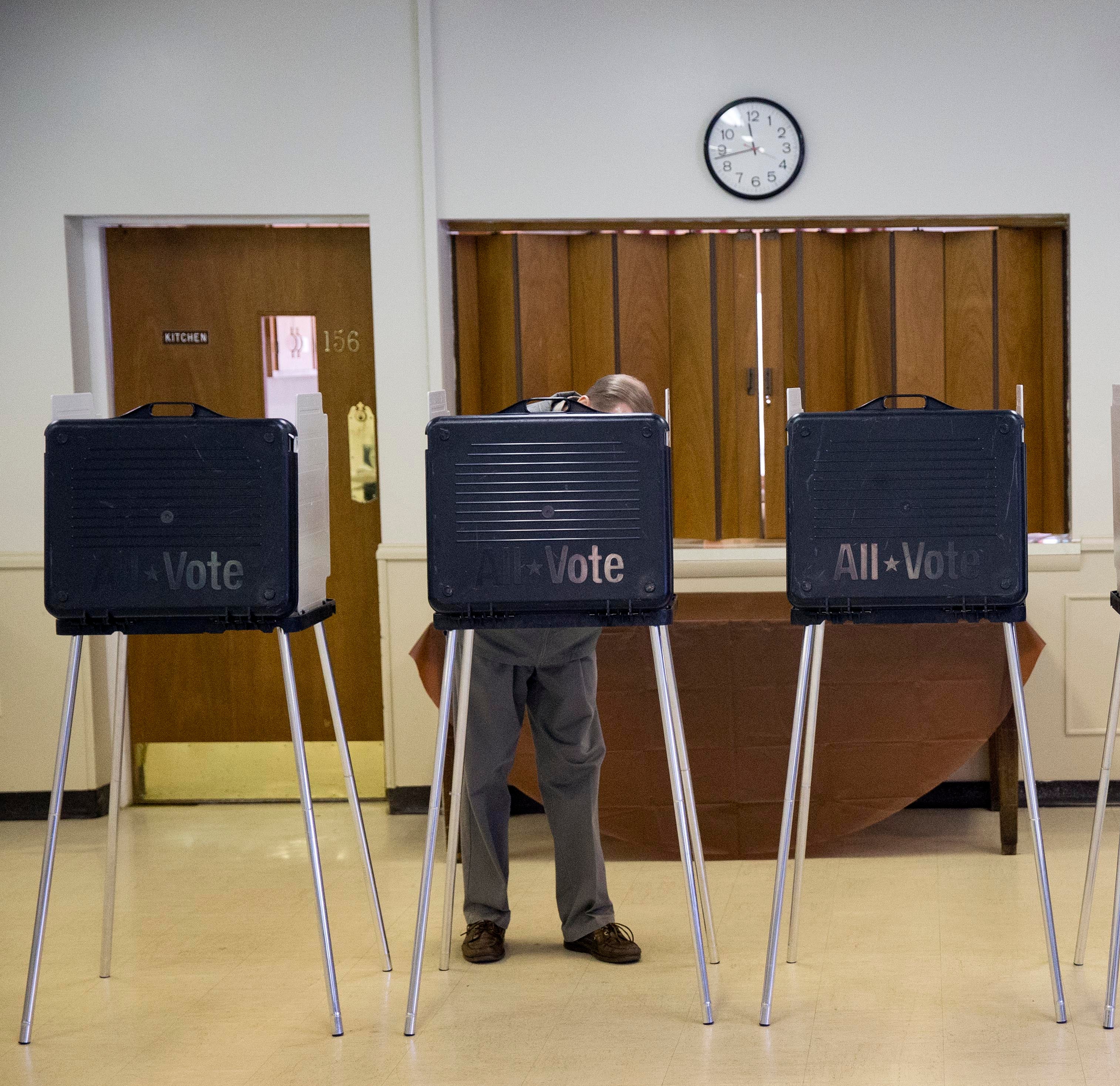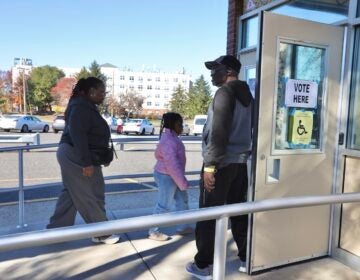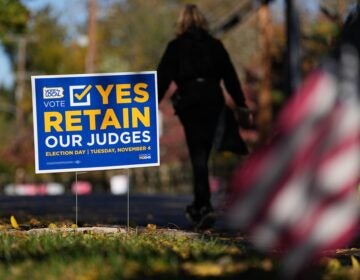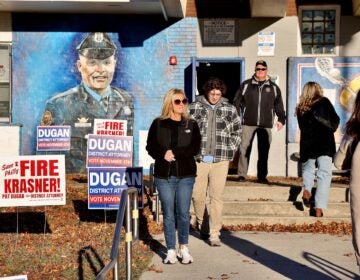Voter turnout in Pa. primary up slightly from last midterm

A voter fills out his ballot on election day (Matt Rourke/AP Photo)
Voter turnout was 18 percent in the Pennsylvania’s primary election earlier this week – three points higher than the last midterm primaries in 2014, but about a point lower than the average for the past several such elections.
These results backed up anecdotal, piecemeal reports from election officials and poll and campaign workers earlier this week.
About 100,000 more Democrats than Republicans turned out on Tuesday, a difference of nearly 7 percent — although a higher percentage of registered Republican voters participated (22 percent versus 19 percent of registered Democrats).
There were more contested Democratic primaries, which could partly explain the partisan difference.
Some wondered whether voter turnout would give some indication of whether Pennsylvania Democrats are energized and ready to help generate the “blue wave” that some analysts anticipate could help the party win control of the House of Representatives.
But Andrew Busch, director of the Rose Institute of State and Local Government at Claremont McKenna College, cautioned against that thought process.
“Although pundits like to look at primary turnout as a portent of general election success, it frequently is not,” Busch says. “[It’s] influenced by a wide range of things, including who does or does not have competitive races, how many candidates are running, and even weather in different parts of the state — as well as general levels of enthusiasm that can change over the next six months.”
County-level turnout ranged between nine percent in Northeastern Pennsylvania’s Pike County and 37 percent in Central Pa.’s Juniata County, according to unofficial estimates provided late Thursday by the Pennsylvania Department of State.
Tuesday’s turnout wasn’t immediately available at the precinct level.
Since 2002, Pennsylvanians have turned out in varying percentages for congressional midterm primaries: 15 percent in 2014, 24 percent in 2010, 15 percent in 2006 and 23 percent in 2002, according to a Keystone Crossroads analysis.
Comparable data prior to 2002 wasn’t immediately available from the DoS. Its website provides results as far back as 2000 and voter registration tables back to the 1998 general election.
Midterms have lower turnout than presidential elections, but tend to do a bit better than municipal elections.
WHYY is your source for fact-based, in-depth journalism and information. As a nonprofit organization, we rely on financial support from readers like you. Please give today.






